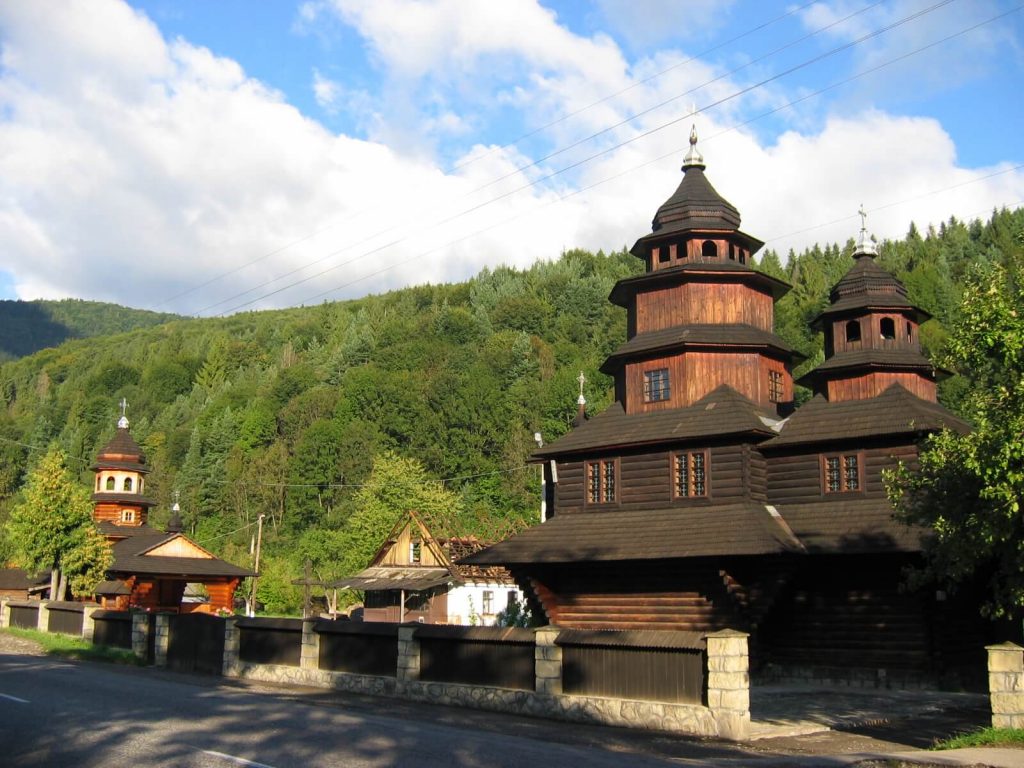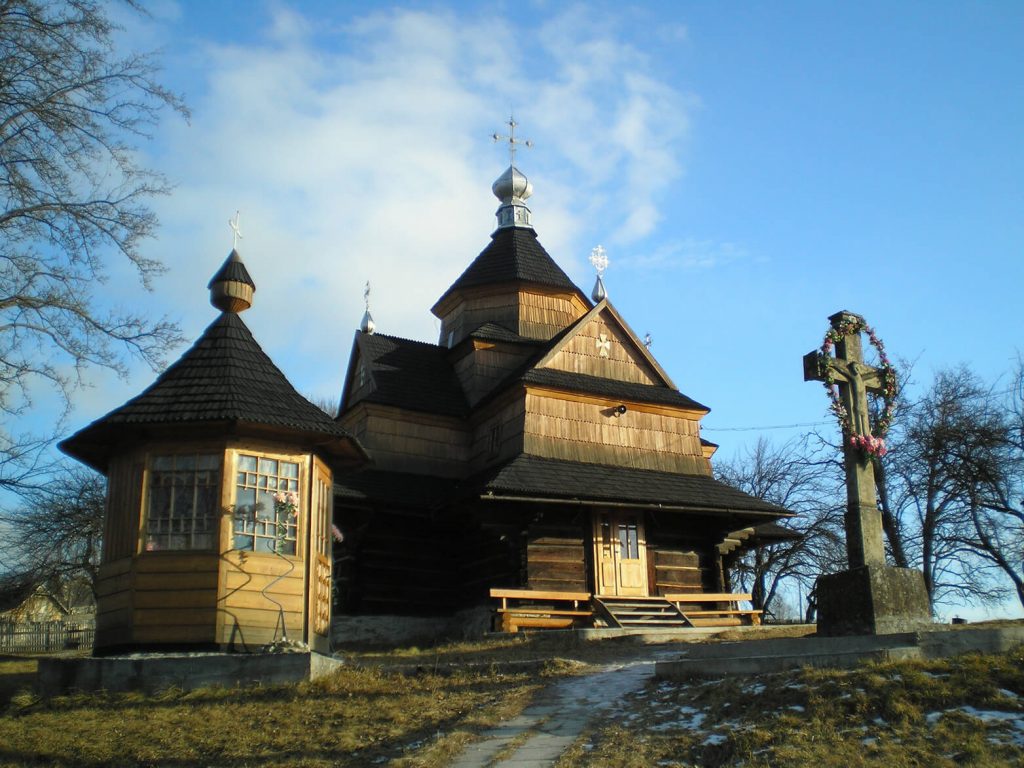Resorts and wellness facilities in towns and villages within the territory of the Carpathian National Nature Park date back from the 1880s. The above mentioned industry reached its peak during interwar period. About one million tourists (mainly from Poland) visited the Carpathians annually. Yaremche and Dora were the most famous resorts of those times. Vorokhta, which was called «the second Zakopane», won the fame of popular European resort and center of winter sports, namely ski competitions and ski jumping.
Local officials, Polish Minister of Finance, representatives of local authorities, attaches, as well as visitors from France, Germany and the Netherlands were among the most respectable guests.
Vast forest areas were of a particularly great importance in terms of wellness. Thus, conservation was considered as the main prerequisite for recreation. The Law on Forest Protection of 1934 guaranteed the conservation of certain sites and areas by establishing nature reserves.
Local wellness centers specialized in treatment of respiratory tracts, tuberculosis, and inflammatory processes.
The bath recreational facility of Dr. of Medicine Yozef Matushevskyi was one of the most up-to-date institutions of this kind in the 1930s.
This two-storied building with four high columns was constructed in Yaremche close to the bus station. 18 single bath cabins, 2 big cabins, 2 rest cabins, 4 showers, and 2 halls were inside the premise. There also was an inhaler section with 14 inhalator machines. Healing brine was delivered from a neighboring settlement called Deliatyn. It was kept in concrete containers in the yard and pumped to the cabins. The bath recreational facility of Yozef Matushevskyi was specialized in treatment of rheumatism, skin and gynecological diseases. The inhalator section was used for treatment of chronic inflammation of throat, larynx, trachea, bronchial tubes, and lungs.
The mansion of Frantsishek Hanus was one of the largest and best buildings of the interwar period. A hotel, a restaurant, and a café were located there. Concerts of opera singers, watching movies and performances, various celebrations, and meetings were held here. Plenty of local and foreign celebrities visited that building during its almost centenary-long history. The Yaremche Town Council is located in that premise today.
Unique wooden, more rarely stone mansions and wellness centers of the interwar period combined both the European and Hutsul architectural styles. Unfortuntely, some of them were destroyed during the World War Two, while other buildings were neglected by the vicious Soviet regime. A lot of elegant and stylish constructions have remained only on images and in historic memory. However, walking around Yaremche or Vorokhta, you can recognize them among modern buildings.
Based on the materials by V. Klapchuk, Dr. of History, Prof. and S. Flys, the ethnographer







